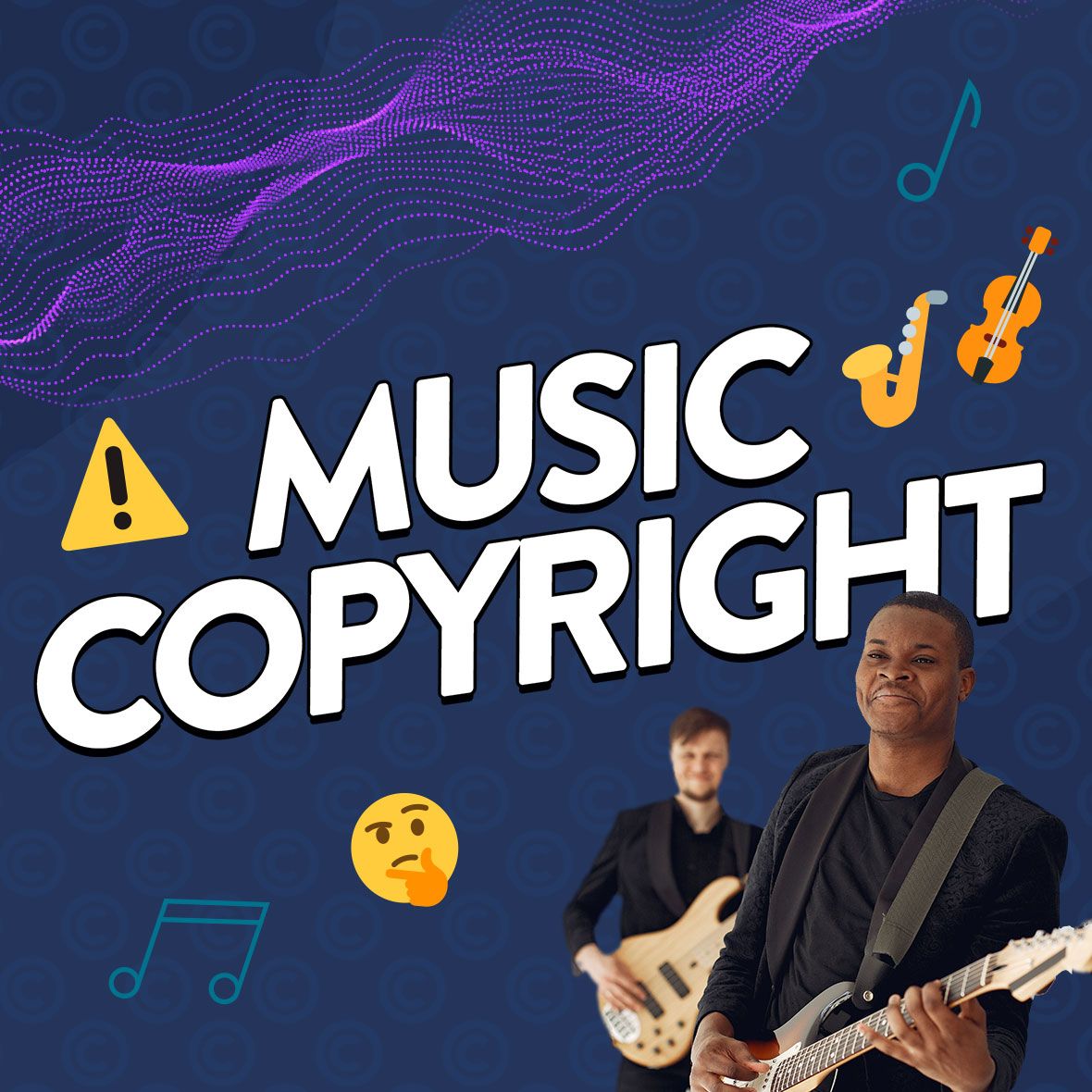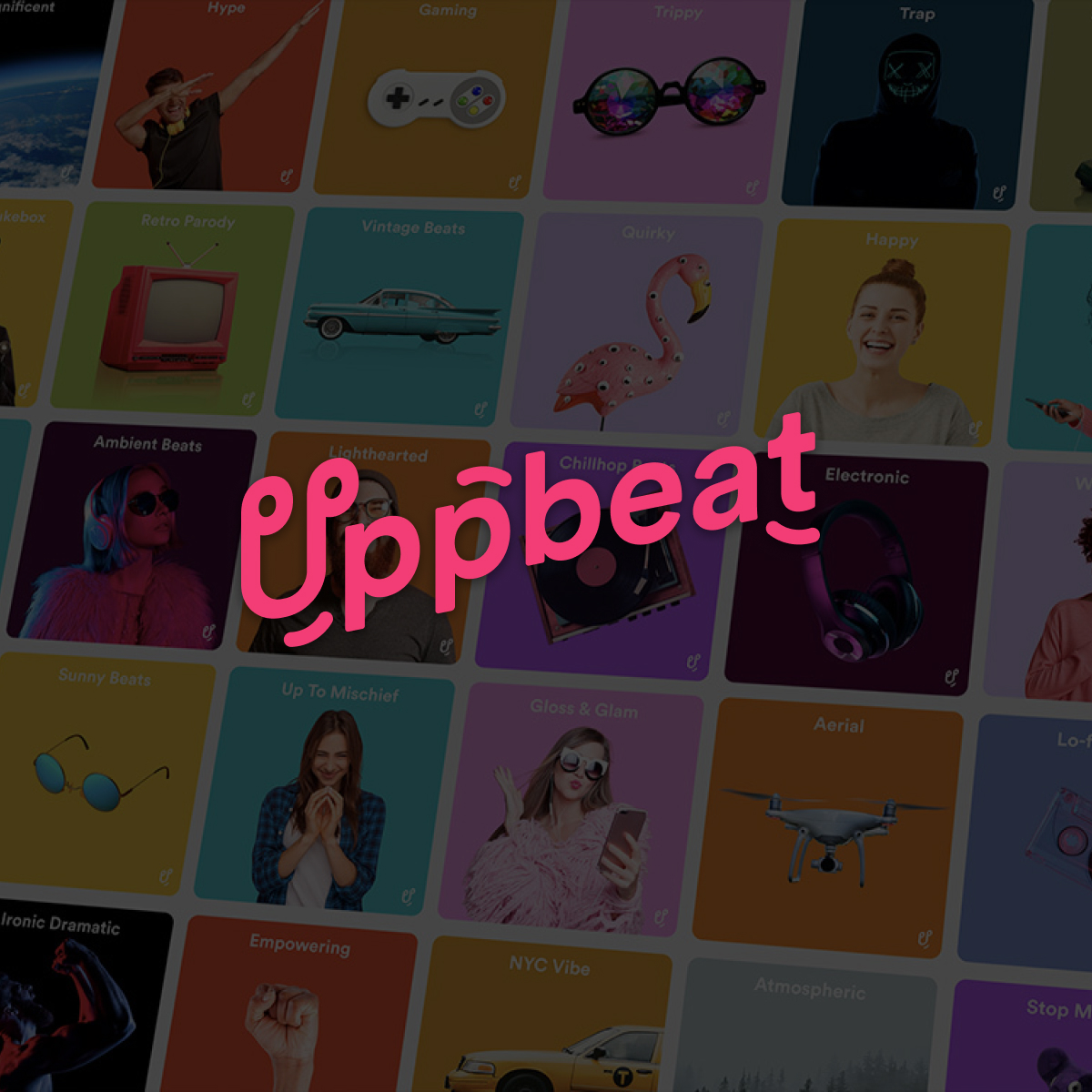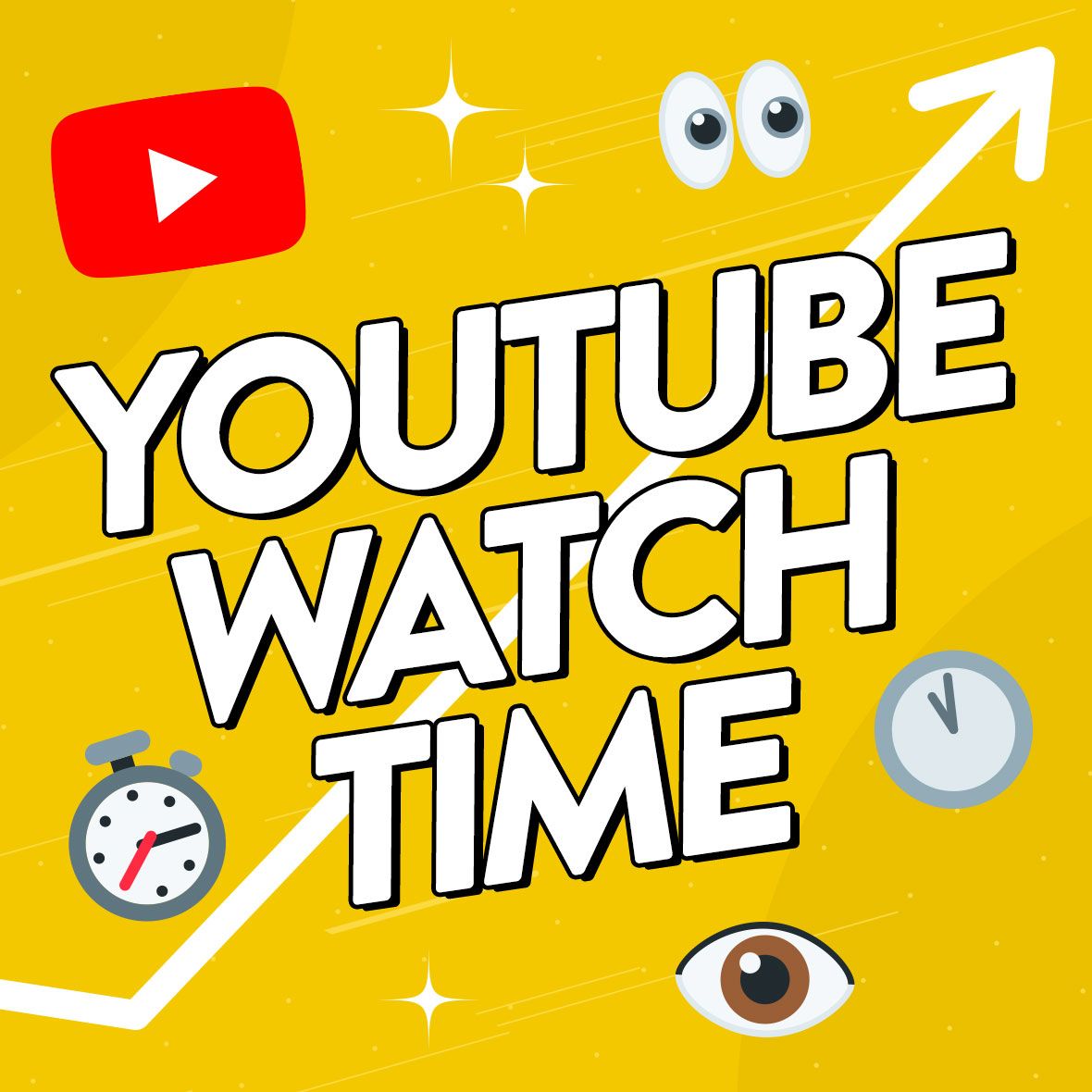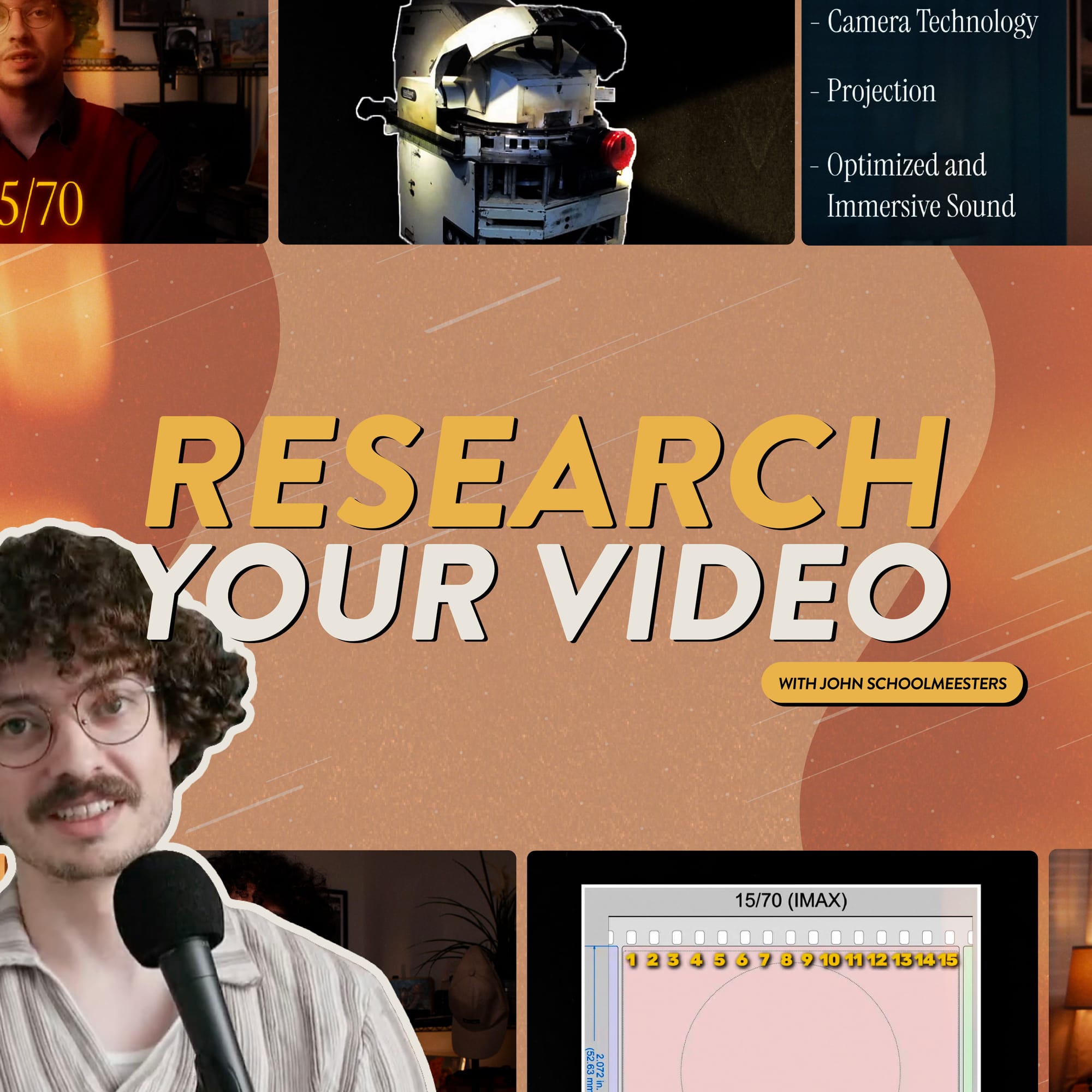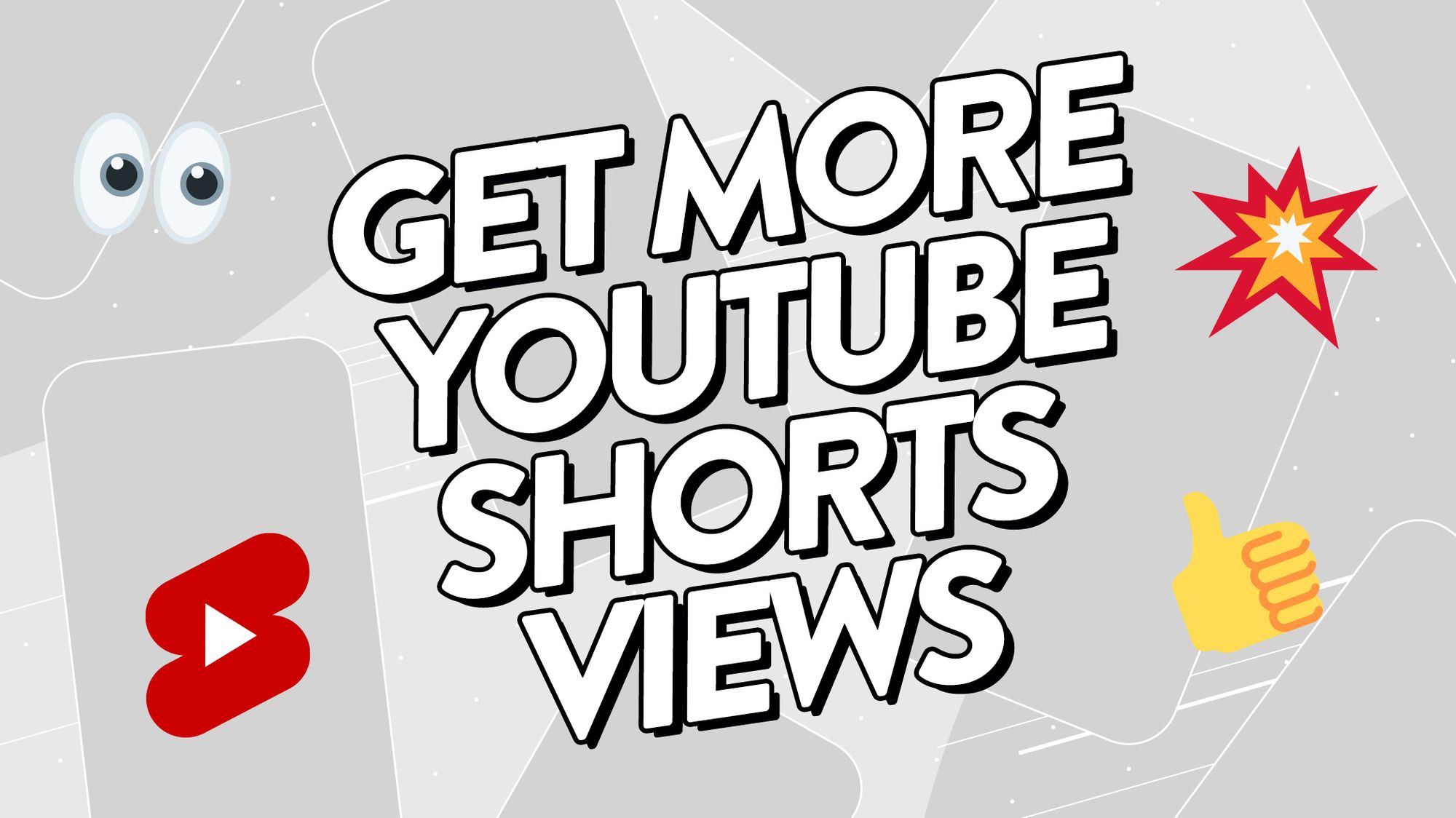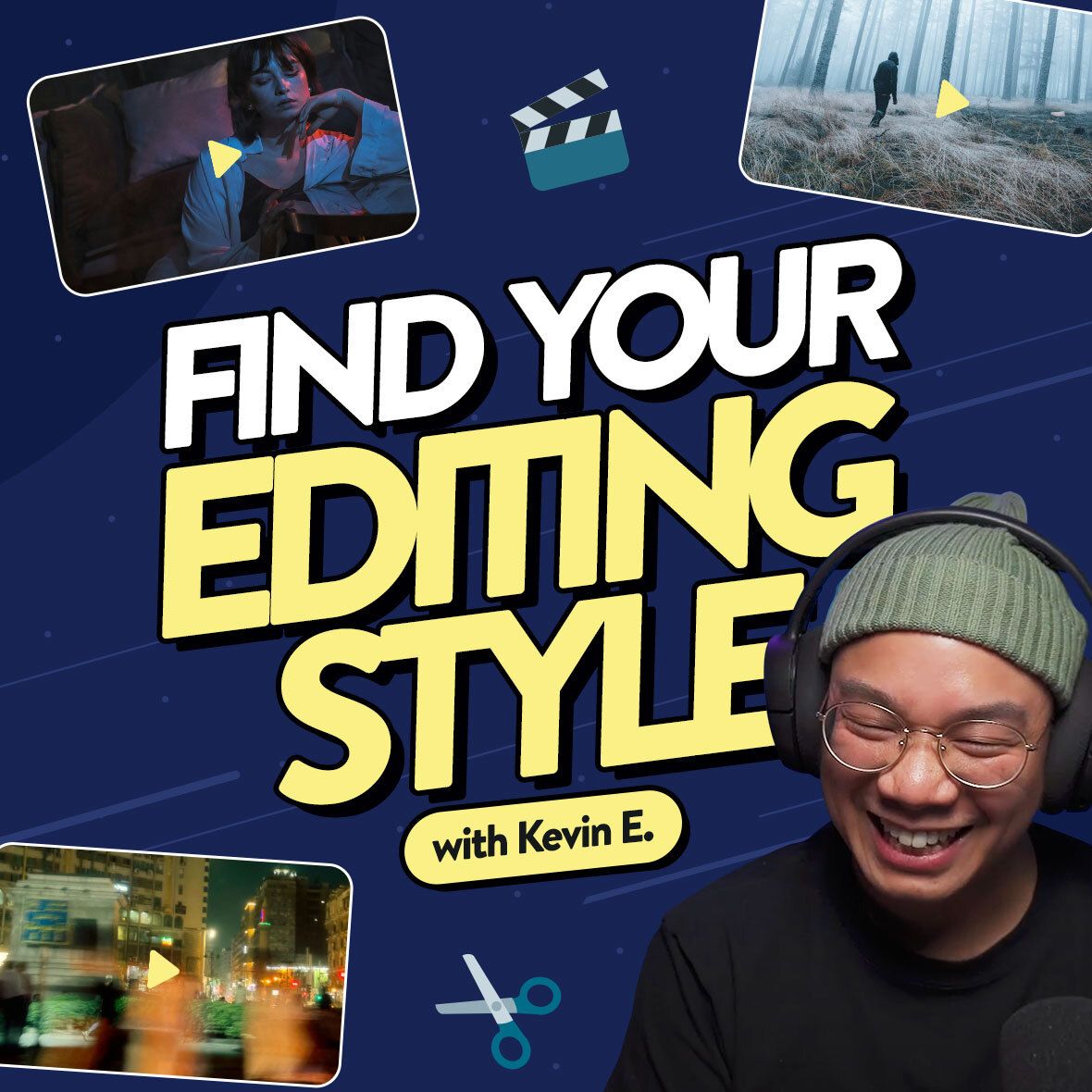As a content creator, copyright claims can be a major headache. They stop you from using whatever music you like in your videos, which often means not being able to use popular music. It can be frustrating, but the risk of your videos being taken down or not being able to monetize them just isn’t worth taking. That’s why understanding music copyright is so important.
Music copyright might seem confusing but it's actually pretty straightforward when you understand the basics. In simple terms, music copyright is like a shield that protects artists' work and stops people from doing whatever they want with it. And it allows artists to dish out some pretty severe consequences if you use their tracks without permission.
Making sure you avoid getting penalties for using copyrighted music is easy. To help you break it down, we’ve put together this guide on how music copyright works, and what to look out for when you’re searching for your next soundtrack. So read on and learn how to safely use music in your content.
- What is music copyright: Know your rights
- Composition rights explained
- Recording rights explained
- Why does music copyright matter to creators?
- How long does music copyright last?
- How to tell if music is copyrighted
- Checking music for copyright
- 4 ways to avoid copyright claims
What is music copyright? Know your rights
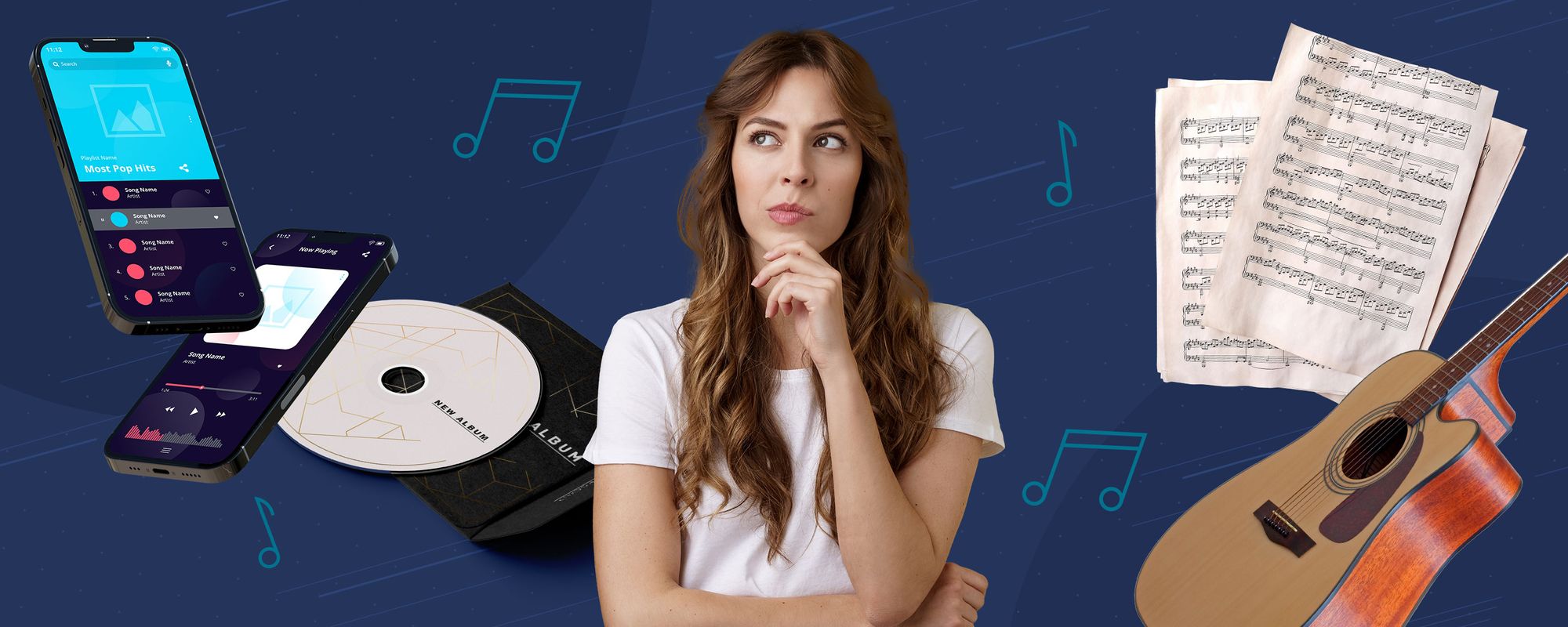
In a nutshell, music copyright is a way of protecting artists’ music from people using it without their say so. So if you want to use copyrighted music, more often than not you’ll need to seek permission first.
Things get even more complicated when you consider the composition and recording of a piece of music are protected by two separate types of copyright law. Sometimes that means getting permission from not just artists but labels too. So let’s get into what they mean.
What are composition rights?
When a musician writes a piece of music, they automatically own the composition rights to it. After all, they were the ones who originally came up with, or composed, the music.
This gives them control on how it's used and allows them to monetize their music, no matter who else sings or records it. Think of it like Taylor Swift owning her song's blueprint and earning royalties if someone else covers it.
What are recording rights?
Recording rights protect a specific recorded version of a song. Typically it’s the artist’s record label that owns the recording rights, giving them control of where the recording is sold or used. This doesn’t give them rights over other covers of the same composition though.
Let’s take Luke Combs covering Tracy Chapman's Fast Car as an example. While Chapman holds the composition rights to her song, Combs’s record label Columbia Records would have the recording rights for his specific cover version.
Creators and music copyright: Why does it matter?
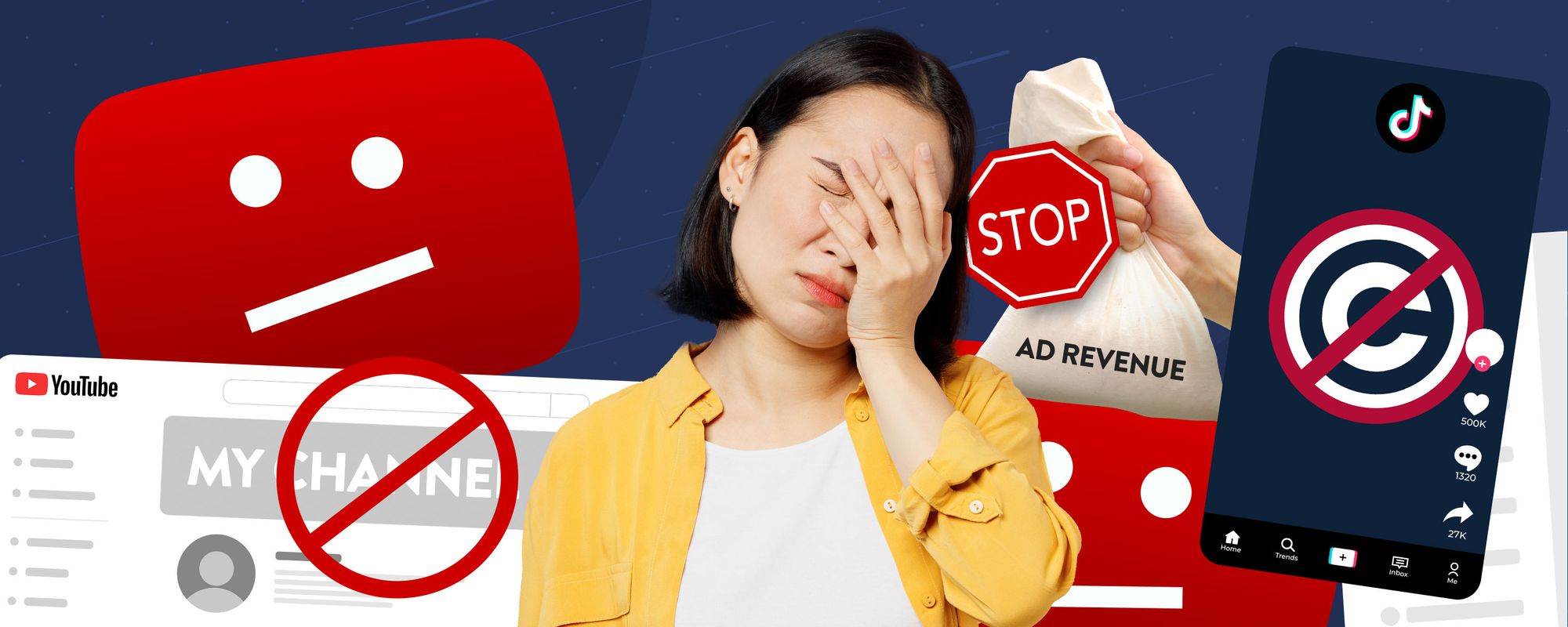
Now you’re familiar with the role music copyright plays in protecting the work of musicians, you might be wondering what this has to do with creating video content. Well, it’s serious business in the music industry, with music copyright valued at over $41.5B in 2022. Platforms like YouTube and TikTok want to keep on the right side of copyright laws, which means there can be serious repercussions if you use copyrighted music incorrectly.
The potential punishments can be severe, with anything from demonetization of your videos to having your channel taken down. But while these sound extreme, avoiding copyright issues is straightforward. The easiest way is to browse copyright-free music from platforms like Uppbeat and find tracks that are safe to use in your videos.
Visit Uppbeat
Music without copyright issues. Trusted by 2M+ creators 🤘
How long does music copyright last for songs?
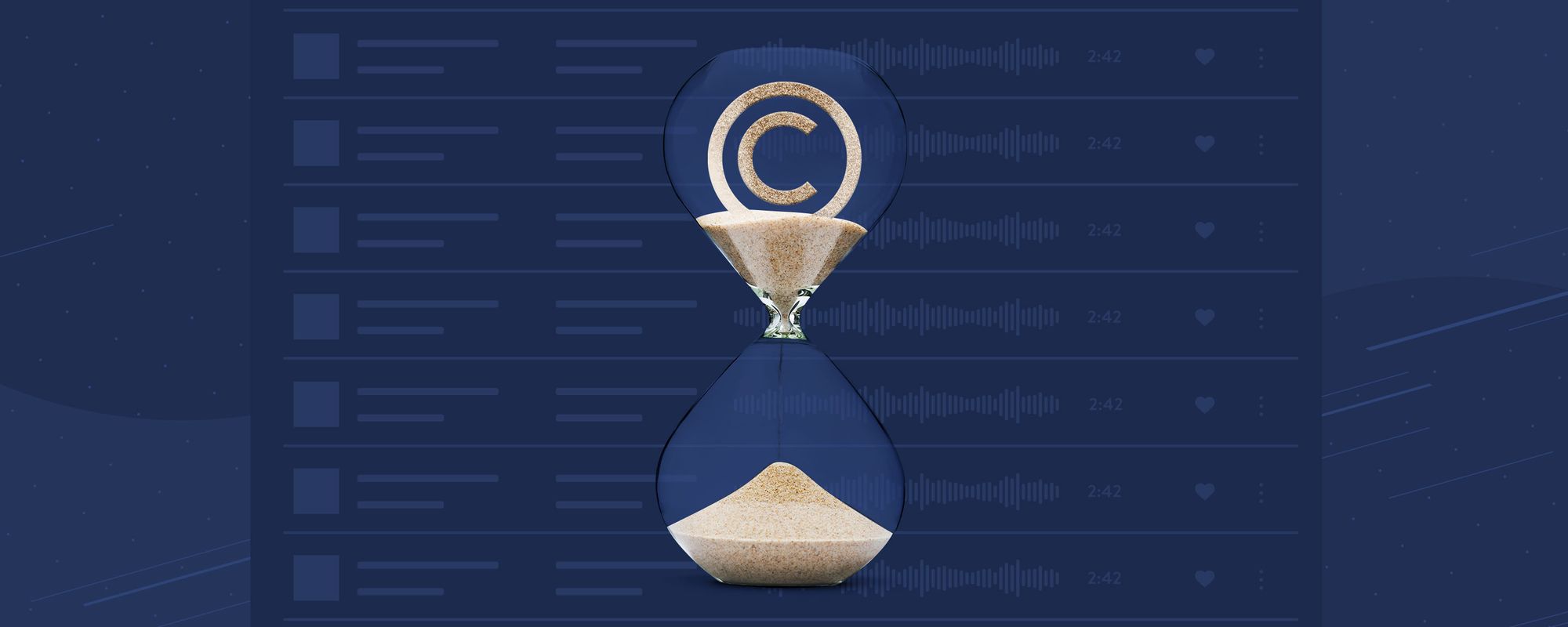
So you’re familiar with the different types of music copyright law, but maybe you’ve heard copyright can run out and you’re wondering if this could be your green light to slap some ABBA over your Animal Crossing videos? After all, if a song is no longer protected by copyright it enters the public domain and is free for you to use without restrictions, right?
Hold your horses. While searching for public domain music sounds like a dream scenario, the reality is much more complicated. Generally, all music copyrighted since 1978 is protected for the rights holder’s entire life plus a further 70 years. So ABBA’s back catalog is still protected.
And if you find any music copyrighted before 1978, it’s still likely to be subject to a minimum of 70 years protection. Although it’s worth remembering this is dependent on different factors like the country the music was created in.
Having so many different types of music copyright makes it tricky to tell if a specific track is protected. But there are ways of checking whether a song is going to land you with a dreaded copyright claim.
How can you tell if music is protected by copyright?
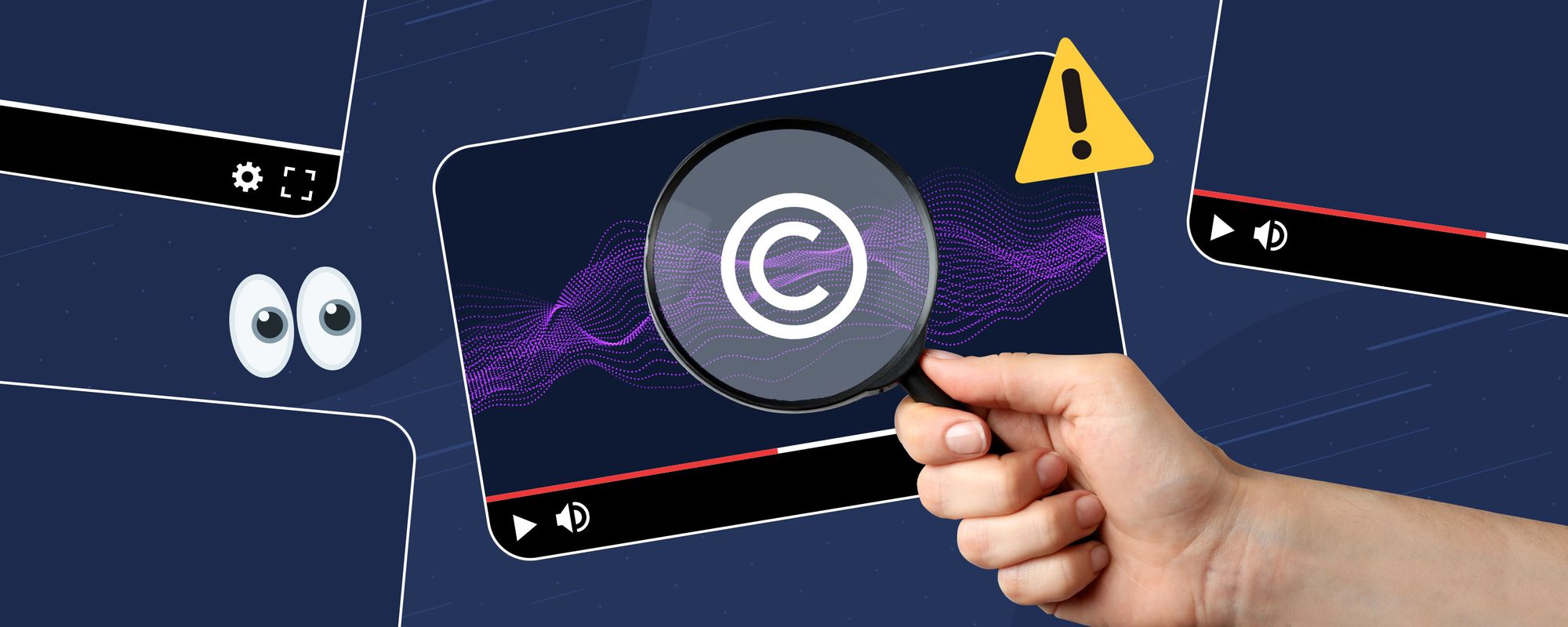
As a creator, life would be so simple if you were able to tell straight away if a track was copyrighted or not. But while you can assume most music is protected by copyright, knowing for certain isn’t as straightforward as you might think.
When you find a track you want to use, look out for indicators like the copyright (©) symbol. And if it still isn’t clear whether a track is copyrighted or not, try one of the methods for checking music copyright below.
3 ways to check music for copyright
So you’ve found the perfect soundtrack for your content and you want to find out whether it's protected by copyright. You have three routes to check whether you’ll need to seek permission to use the track in your video.
First up, you can check a particular song’s copyright status through online music copyright databases like BMI Songview Search, and SESAC repertory. The main drawback is the absence of a single database you can check. So you could find a Drake track appearing on one, but not listed on another, despite the fact his music is most definitely protected by copyright. It means you might have to search around more than you’d like to.
If you’re a YouTuber, there’s a handy copyright checker in YouTube Studio when you upload a new video. While the video is processing, Content ID scans your content to identify any copyrighted music. You don’t even need to publish the video either, meaning you can check your content is safe before it goes public without any risk of getting a copyright claim.
While the YouTube copyright checker is useful, it doesn’t categorically say whether a track is protected by music copyright, only whether it is registered on Content ID or not. So you might still get copyright claims on other platforms.
Lastly, TikTokers that use CapCut’s editing app can access the in-built copyright check tool to see whether the music they’re using will land them in hot water. It’s a simple tool that can save you from videos being taken down or even having your channel suspended.
4 ways to avoid getting music copyright claims
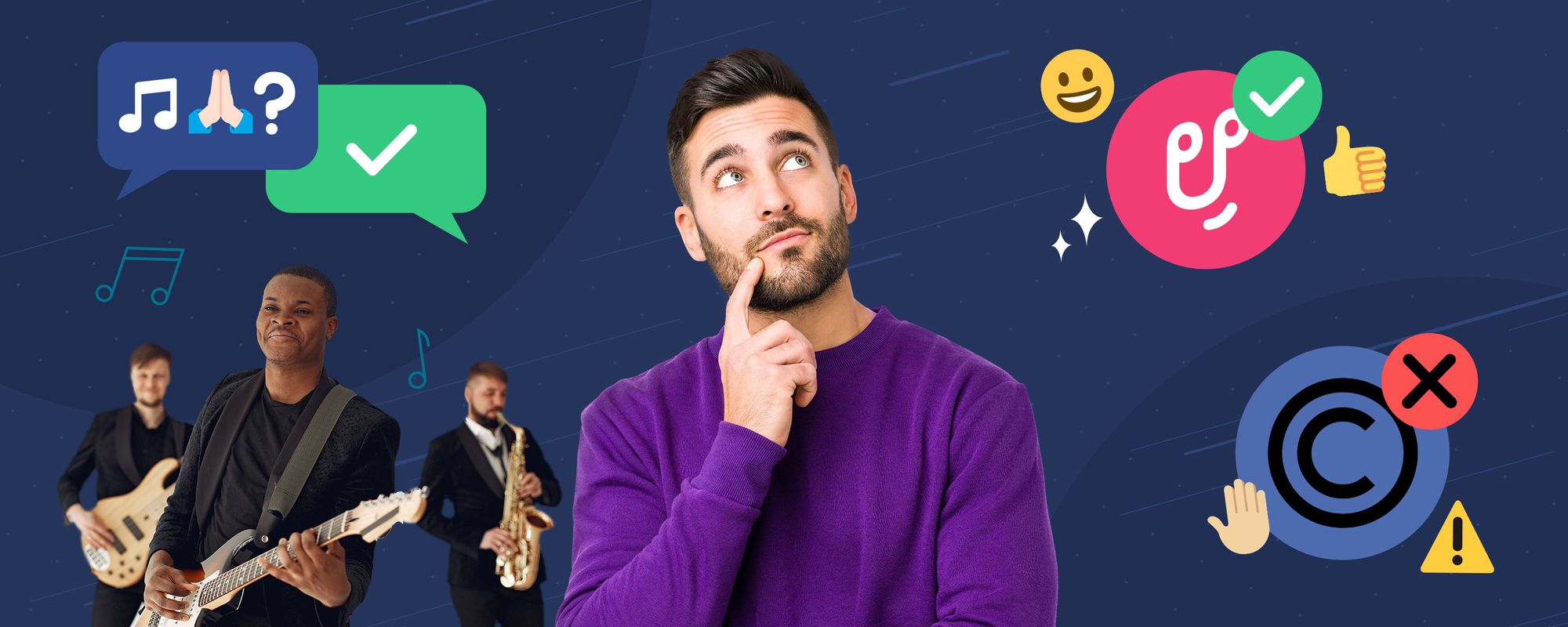
You should now have a good idea of what music copyright is and how you can identify whether a track is copyright protected or not. All you need to do to avoid those pesky copyright claims is make sure you’re following these four easy steps.
1. Get permission to use a track
The whole point of copyright is that you need to get permission to use copyrighted music, but how exactly do you do that? Basically, it involves contacting the copyright holder, which can be the artist, a record label, or a music licensing agency.
Once you’re talking to the right people, you’ll need a license granting you the rights to use the track in your content. As you can imagine, it can be a drawn-out process with no guarantee you’ll be able to use the music at the end of it. Not to mention the potential cost which could easily run into the thousands of dollars.
2. Use copyright-free music
Despite its name, copyright-free music is still protected by copyright. The difference is platforms like Uppbeat offer huge libraries of music that is preapproved for certain content, making it ready for you to download and use in your videos. In essence it’s music without the threat of copyright issues, and Uppbeat features an extensive library of tracks to safely use in your content.
You can browse specially created playlists designed specifically for content creators, featuring a wide selection of incredible artists from around the world. The best bit is you can start downloading awesome tracks from Uppbeat for free.
3. Find Creative Commons music and credit independent artists
There are musicians out there who are happy for you to use their music for free. They share their music through Creative Commons licenses, which come with different conditions that determine what you can and can’t do with their music.
For example, they might restrict the use of their music for commercial projects, or prevent tracks being used for sampling or remixes. But you’ll also come across CC0 licenses which allow you to use a track without any restrictions at all.
It can be tricky to find tracks available to download with a Creative Commons license though. And you still need to attribute credit carefully if you want to avoid running into copyright issues.
4. Don’t be tempted to argue ‘fair use’
You might hear creators swearing by something called ‘fair use’ which in theory allows you to use copyrighted music for very specific types of content, like news reporting or academic criticism. And while it is a legal loophole, the problem with fair use is it’s highly subjective.
You’re still likely to run into copyright issues. And when you consider YouTube has explicitly said fair use offers no guarantee you’ll be safe from copyright claims, it’s not worth the risk.
Say goodbye to copyright claims by knowing music copyright
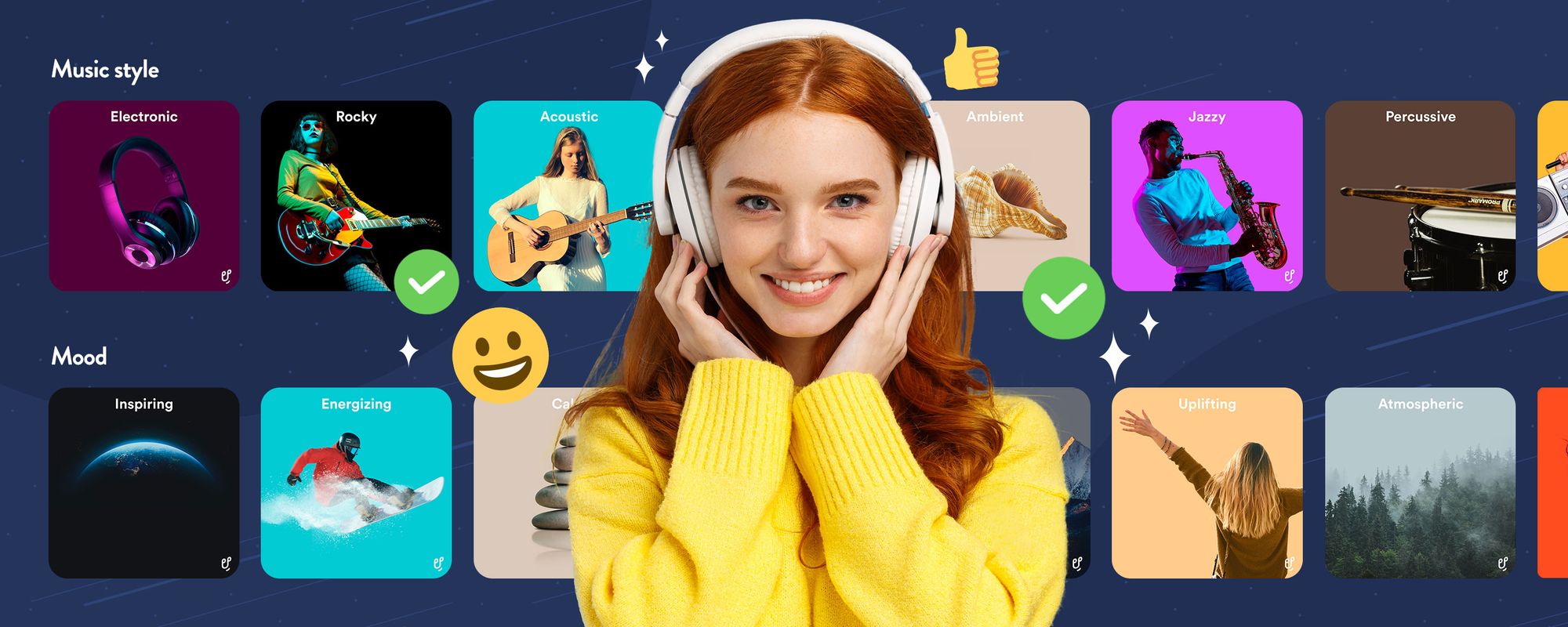
Steering clear of copyright claims on your content couldn’t be more straightforward. Once you understand you simply need permission from a rightsholder to use any piece of music, there’s no reason to ever fall foul of music copyright.
While it’s unlikely you’ll be able to hit up Miley Cyrus or Lil Nas X any time soon, there are plenty of alternative ways to find great music you’re allowed to use in your videos. By far the easiest and least time-consuming is to explore a copyright-free music library like Uppbeat.
Instead of trawling around the internet, you can just browse a ready-made catalog of awesome music, download the tracks you want to use and add a simple credit to your video. That’s all it takes to kiss goodbye to annoying copyright claims and protect the earnings from your videos.
Everything you need to know about music licensing
Want to dive deeper into the world of music licensing and learn about how to find tracks you can safely use in your videos? Check out our related guides on all things music licensing:
- What is Royalty-free Music? And How is Copyright-free Music Different?
- How Uppbeat’s Music Licenses Work
- What Are Music Royalties? And How Do They Work In 2025?
- Music Licensing Explained: The 7 Different Types of Music Licenses for your Project
- How to Find Out if a Song is Copyrighted: Safely Using Music in Videos
- Understanding Music Copyright: How to Safely Use Music in Your Videos
- What does DMCA mean? How to protect your content from DMCA copyright takedowns
- What is Public Domain Music? Should You Use It?
- What is a Creative Commons License?

